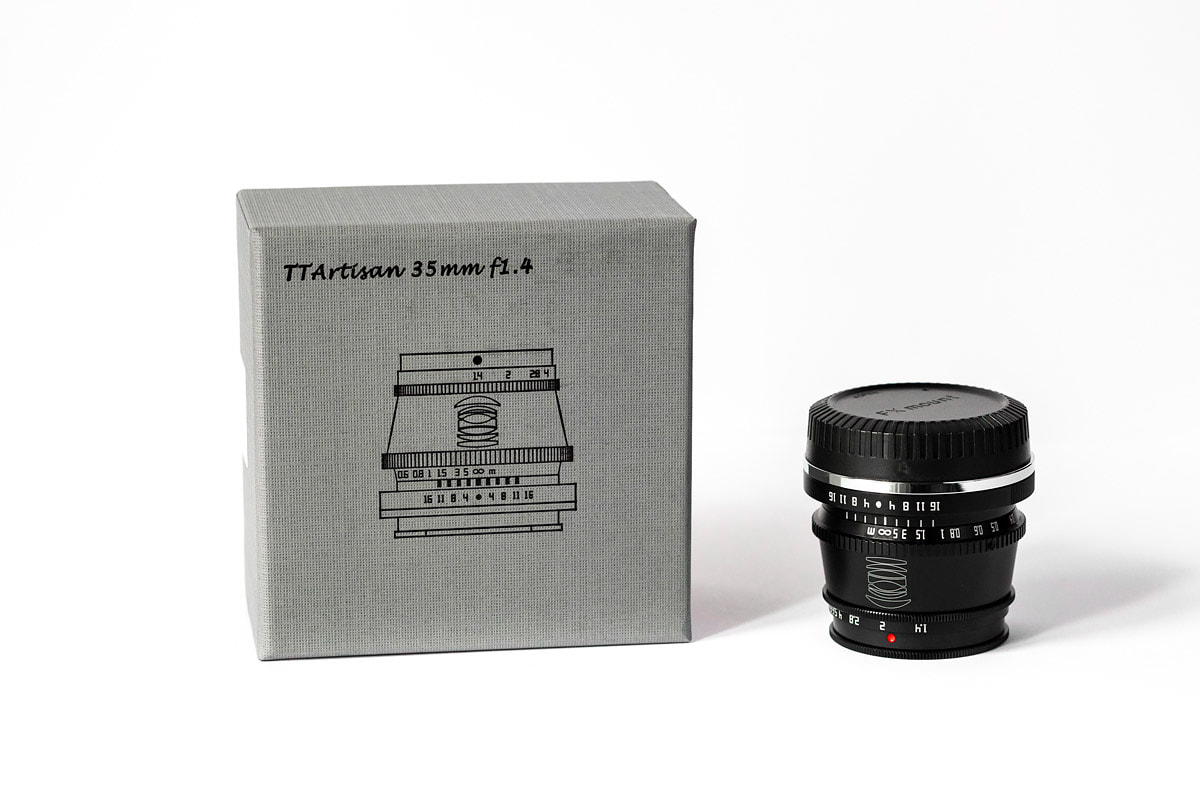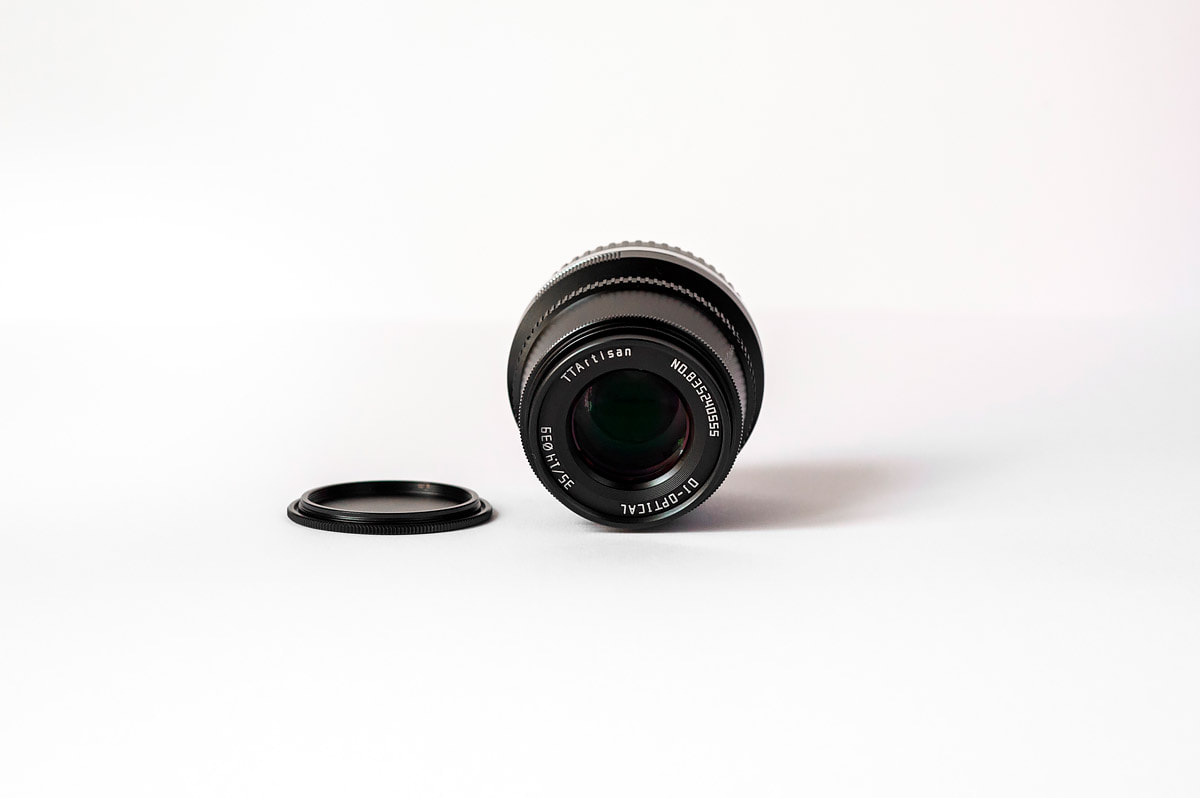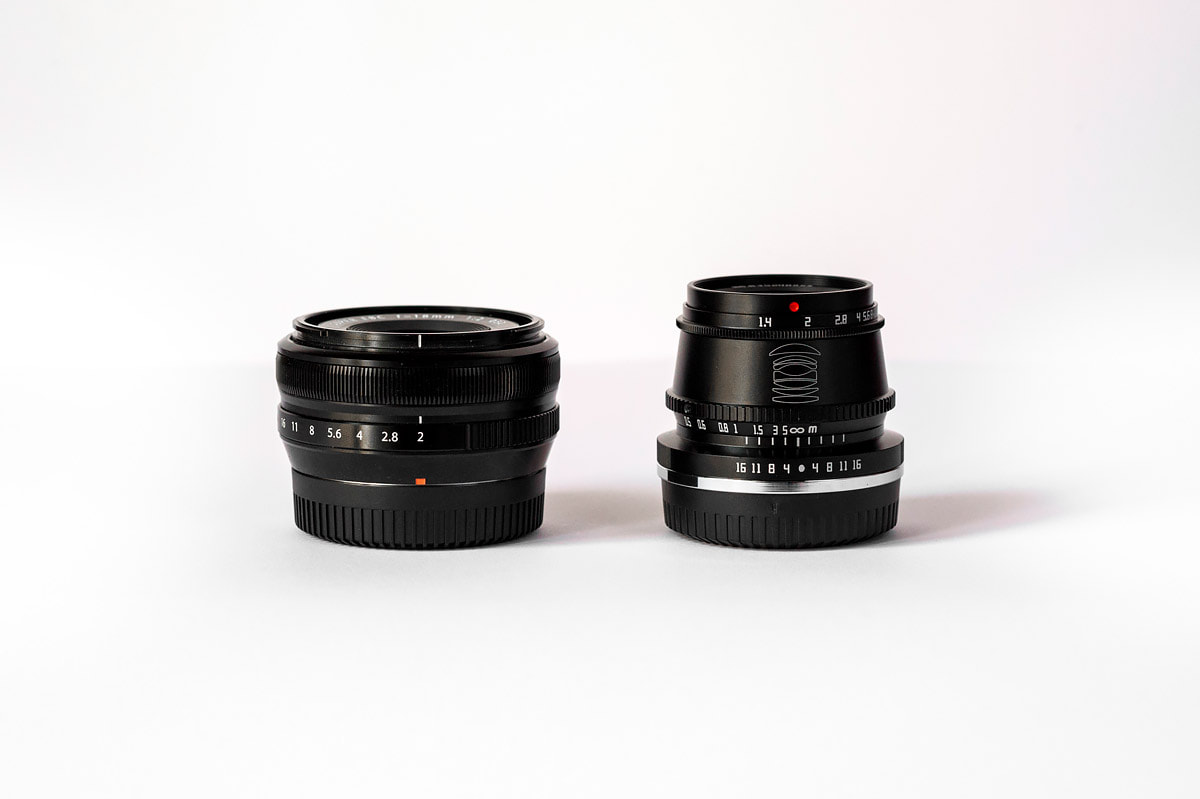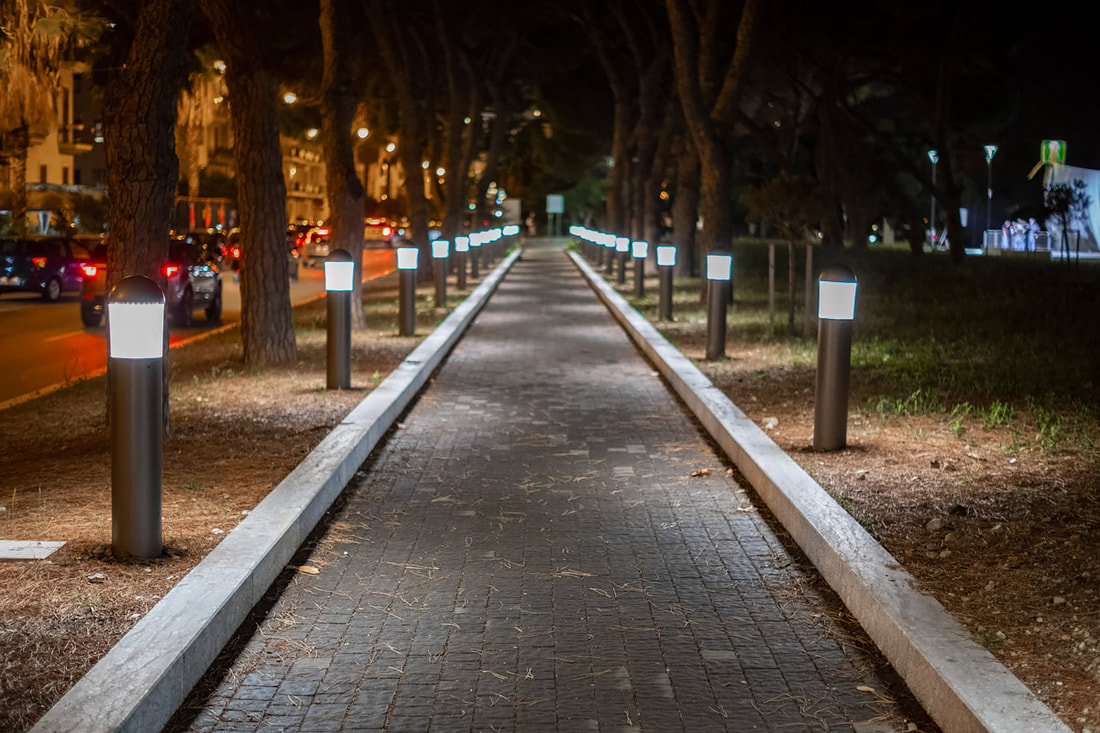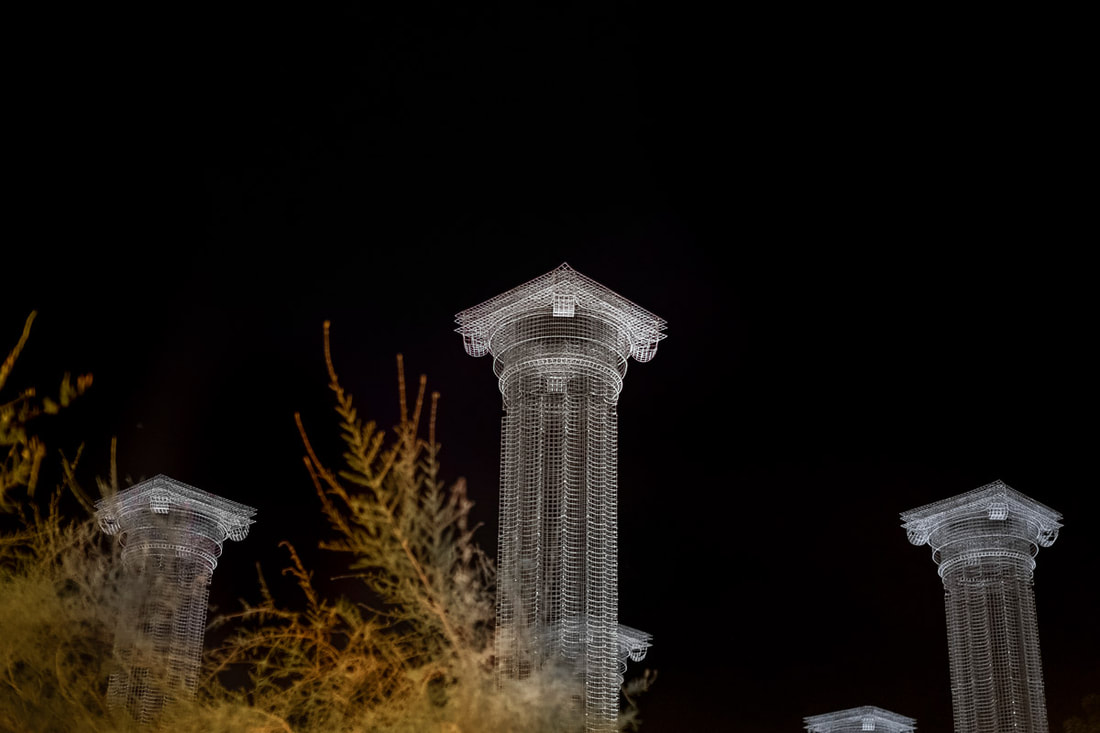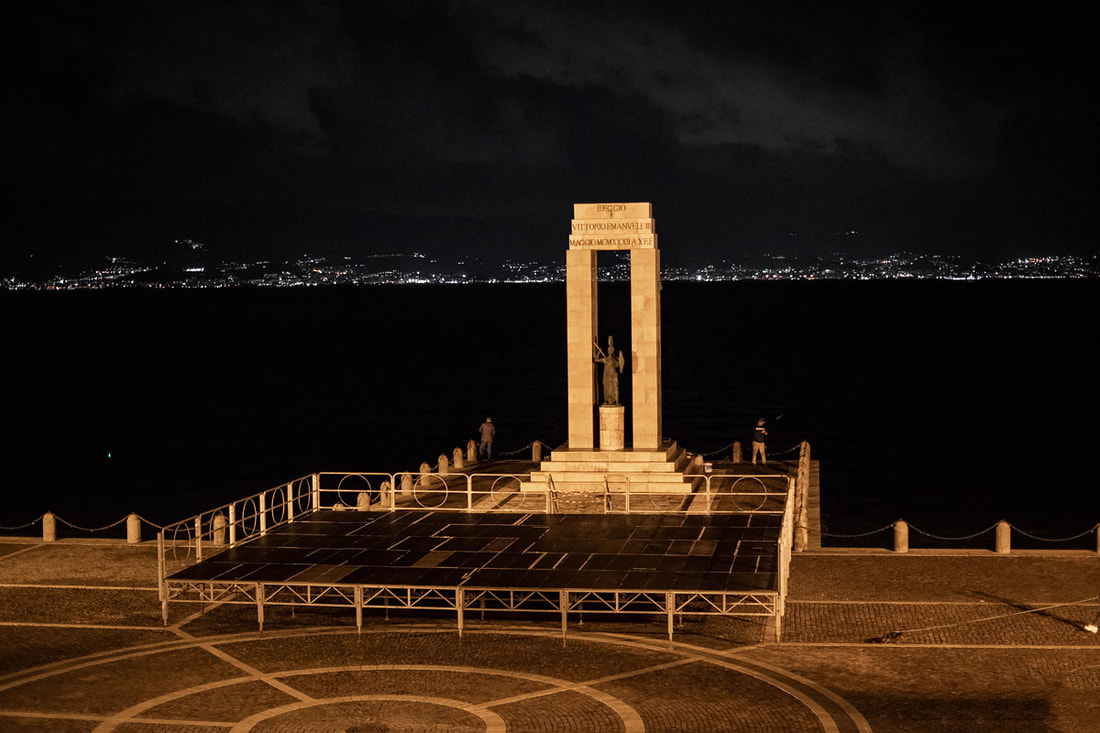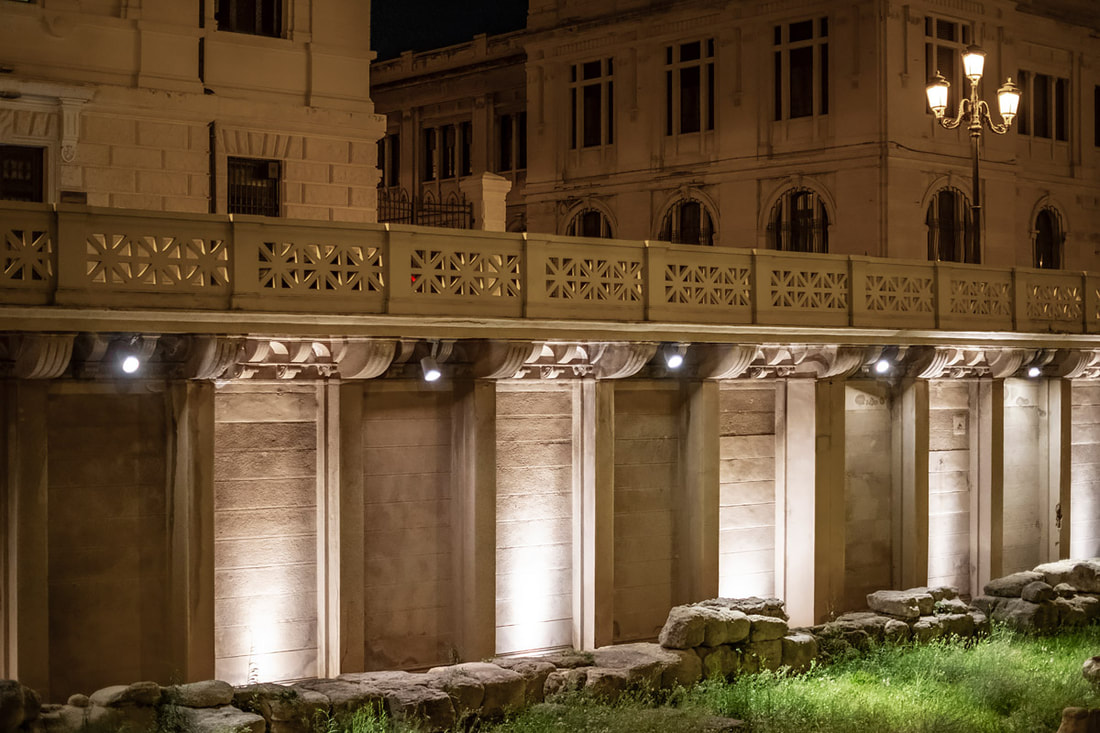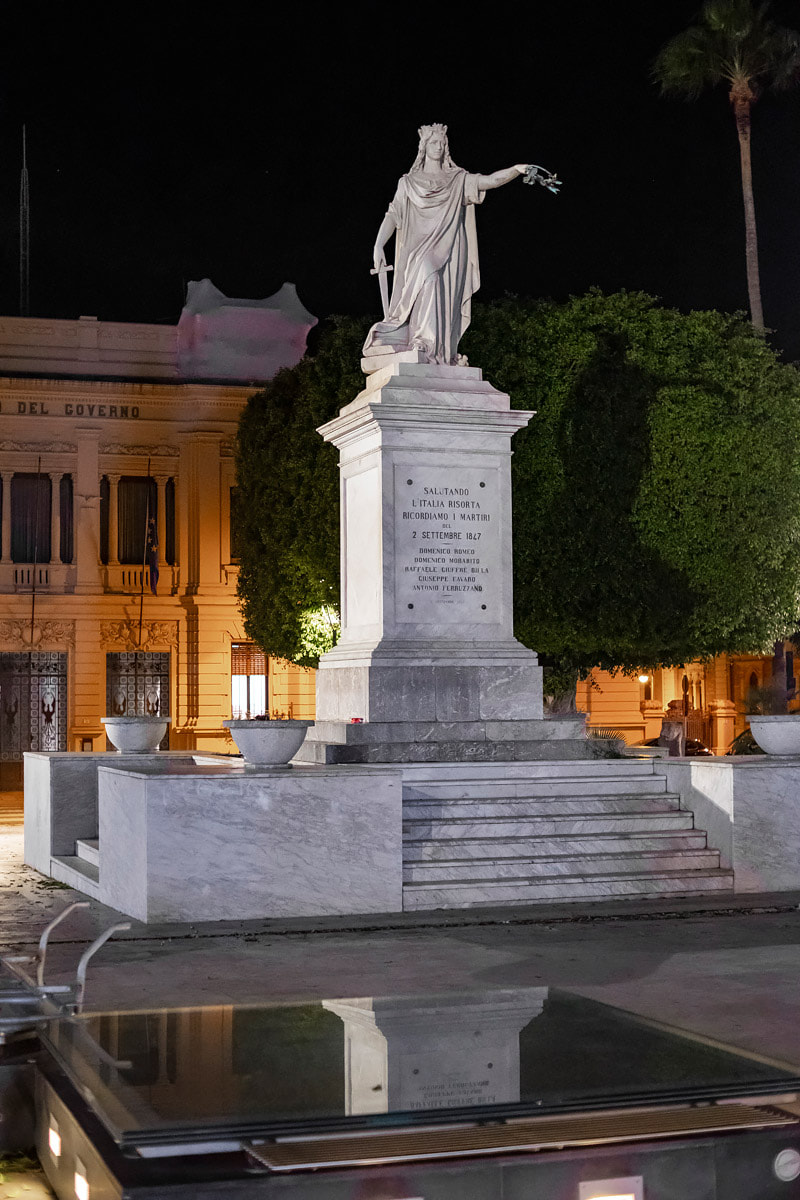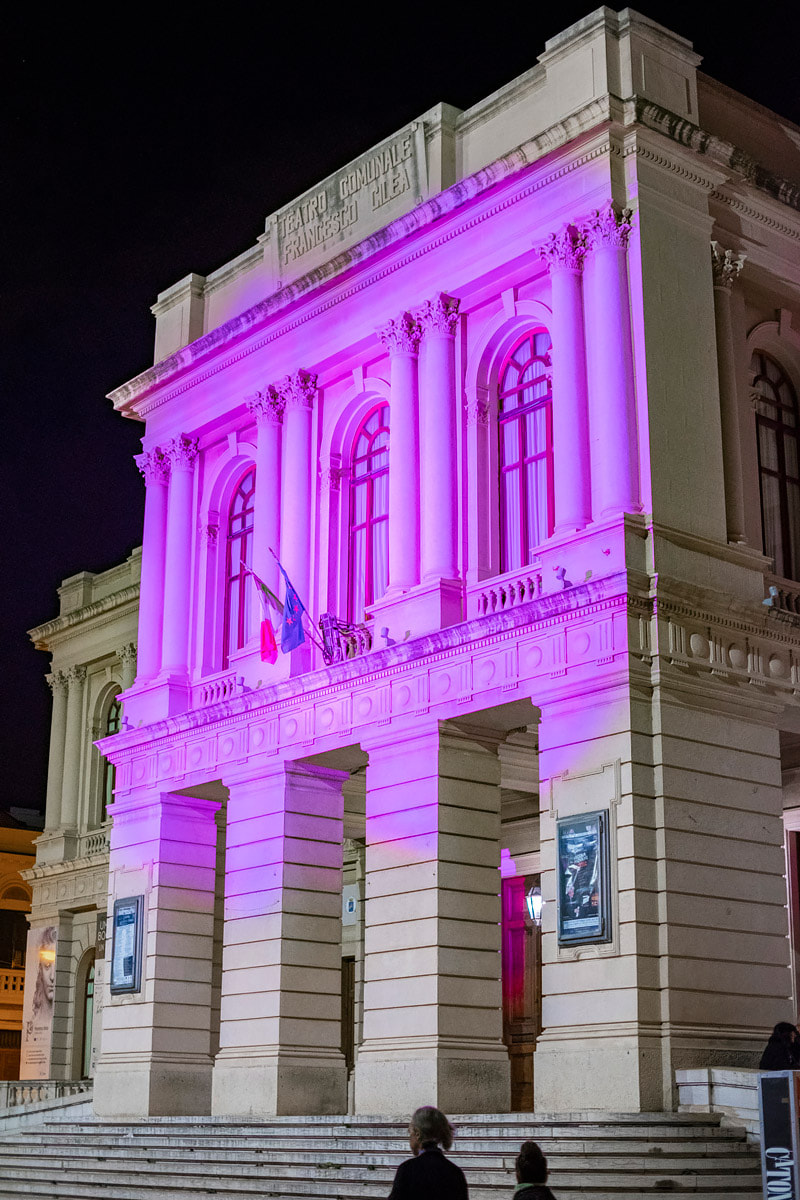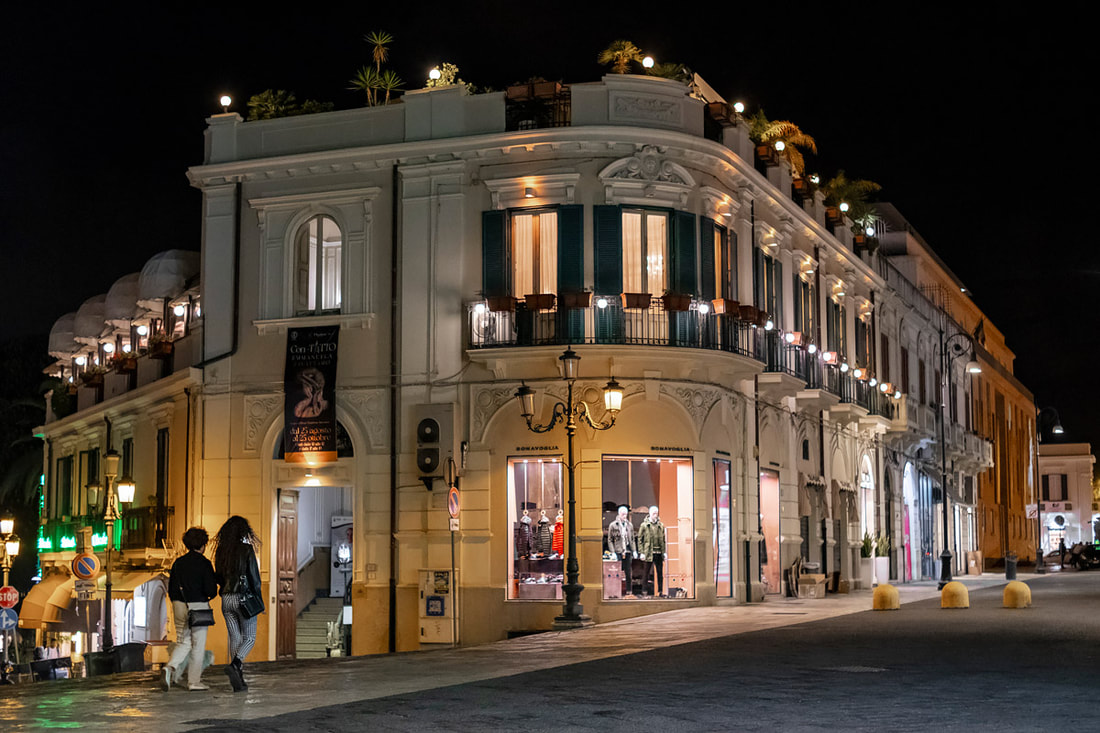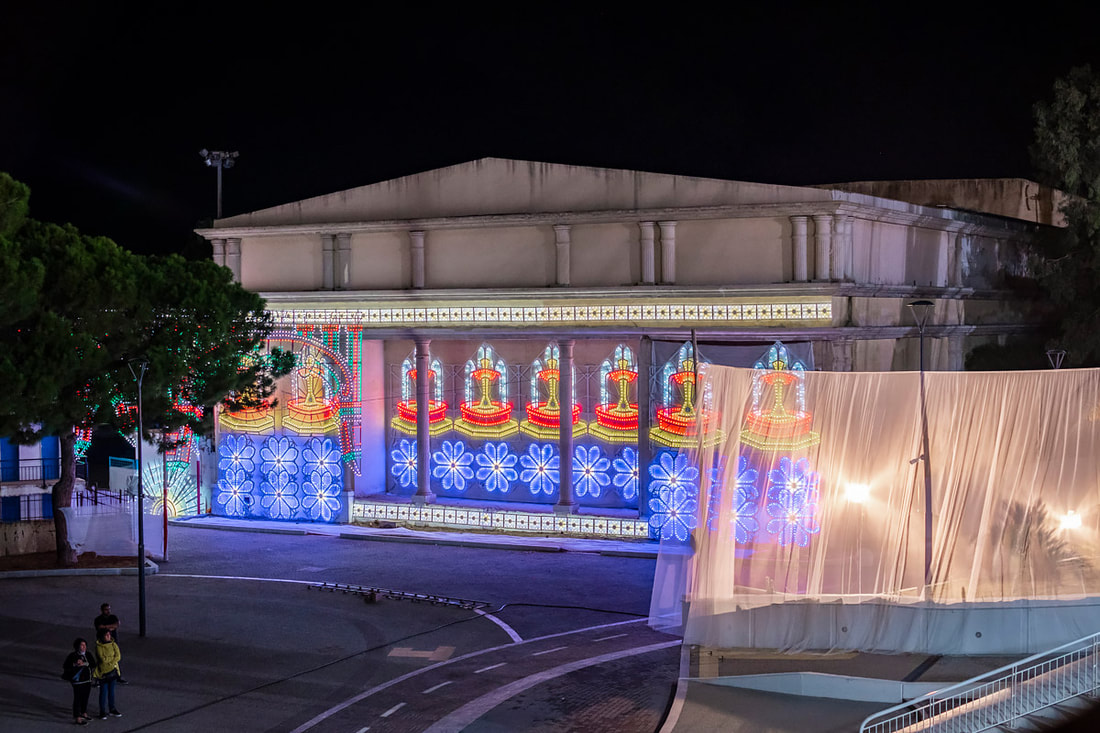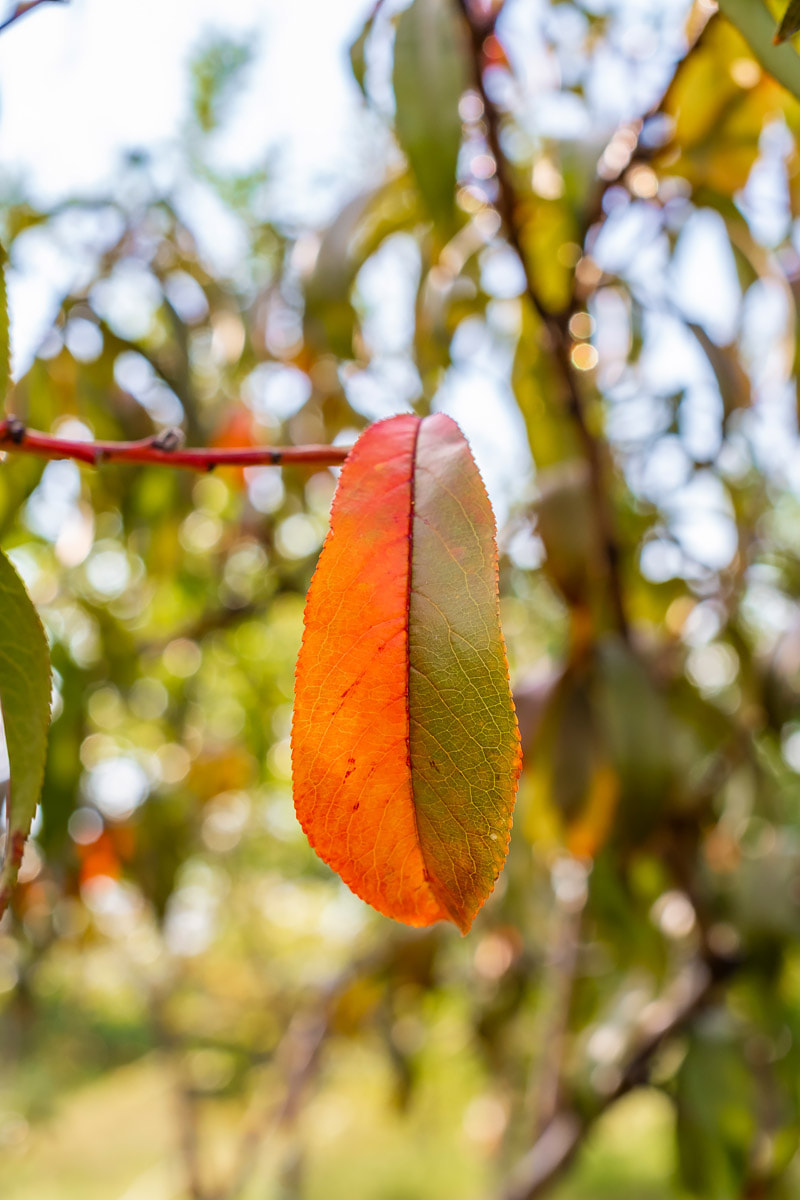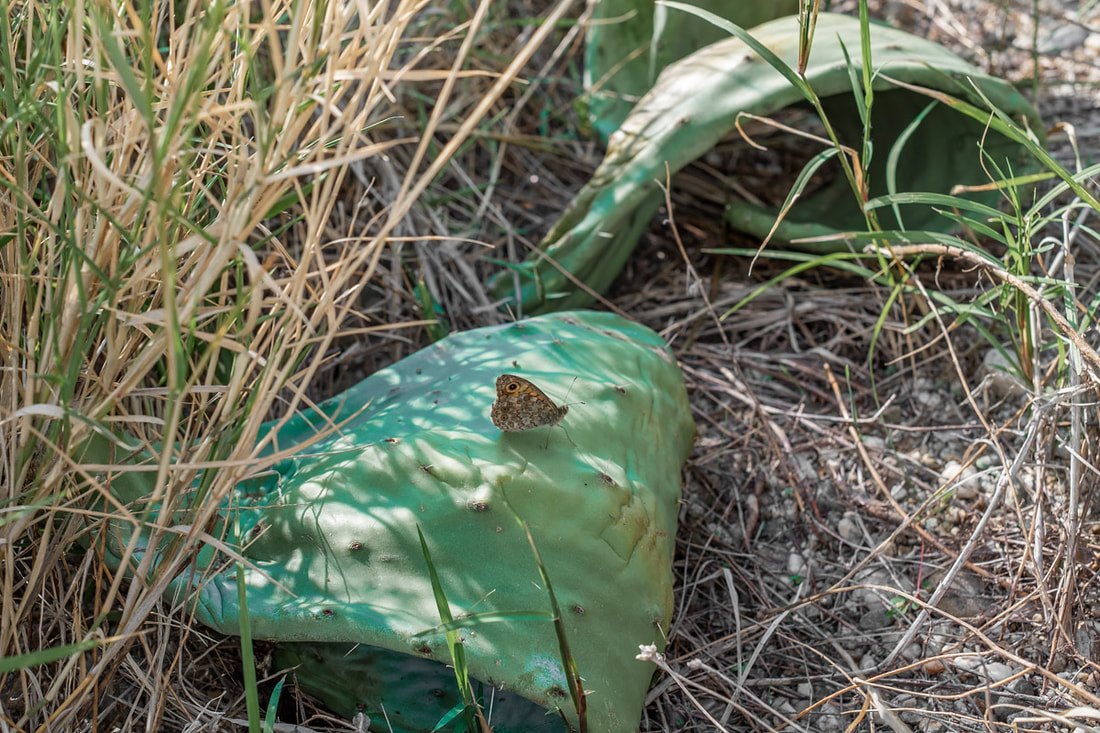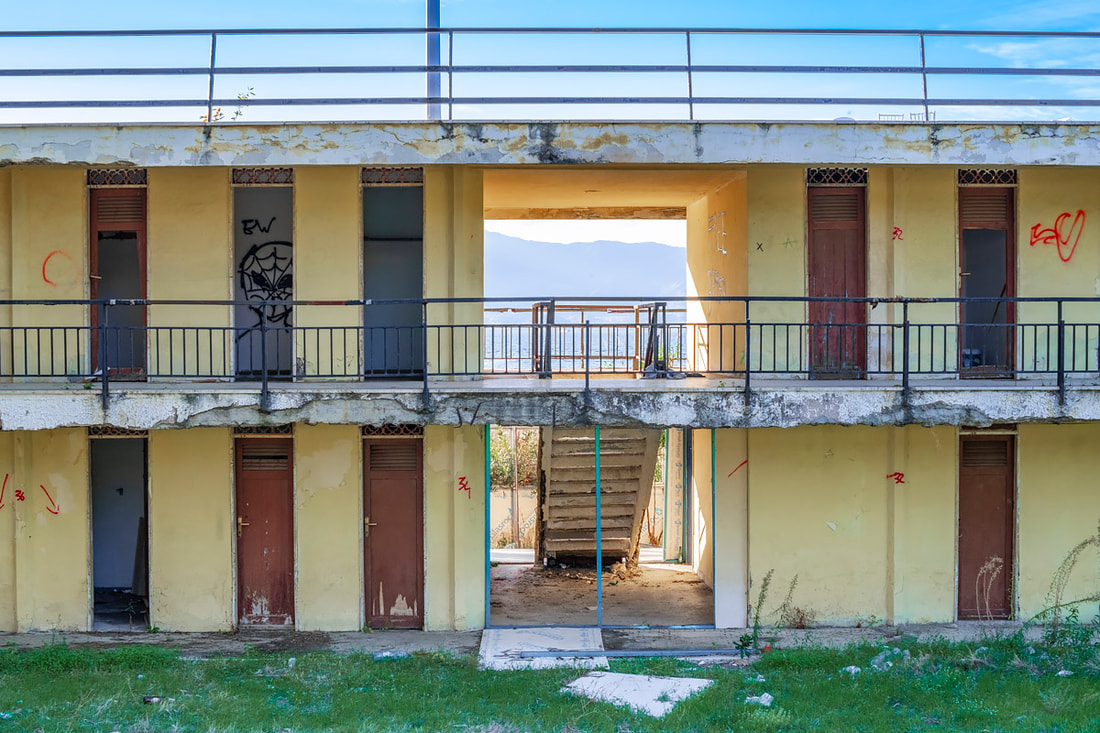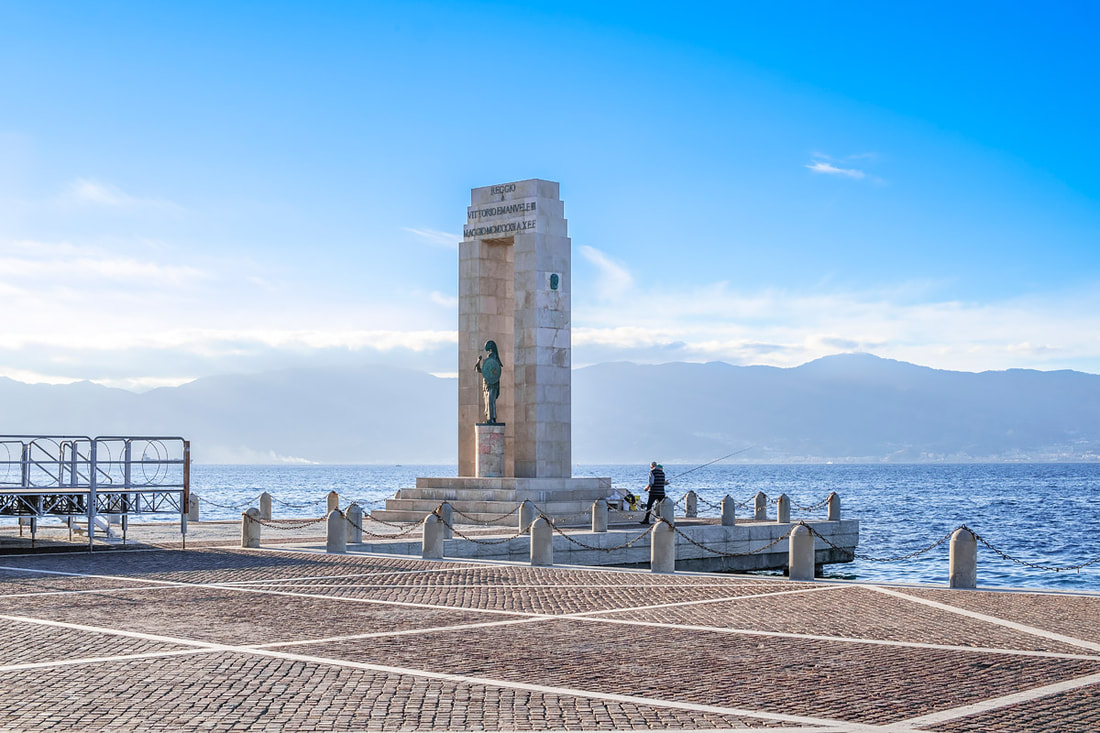By Antonio MalaraI discovered this lens thanks to a Canadian photographer that I follow on Flickr. This photographer mainly does “street” photography which he divides into sub-categories. Not only do I love his style and ability to tell urban stories with just one click, but also the purely photographic aesthetic beauty of his photos. The colors and sharpness of the photos are always a constant and in my view they are an element that distinguishes this person's work. He uses the Fujifilm system and in addition to the main lenses of the system, I noticed that he also uses these TTArtisan lenses, especially the 35mm and 50mm. Intrigued by the lens, I went on the internet and discovered that the lenses of this brand are manual focus, super compact and surprisingly cheap. The TTArtisan 35mm F1.4 is a lens that corresponds to a 50mm in full frame format, it has super compact dimensions and weighs only 180 grams. It is made of metal and has a somewhat conical shape with the focus ring near the attachment and the aperture ring at the end of the lens. There are two details that I really liked and they are the drawing that depicts the optical groups placed on the upper side of the lens and the cover which is very thin and fits by screwing it on. The lens is all here, small essential and in my view also nice because totally different from all the others. As with my previous lens reviews, for this one too I will try to give more of my experiences of use and show the images it produces, also considering the fact that I bought this 35mm for pure fun. Actually I also wanted to do some tests both with this type of focal length and to understand how good and practical I am with manual focus. From an aesthetic point of view, the lens is very small, a bit strange but certainly very light. Once mounted on the camera, its thin diameter at the front brings the camera to be tilted downwards despite the minimal weight of the lens. The dials are positioned well only that instinctively I tend to use the focus one as if it were the aperture one. This is because the focus ring is close to the lens mount. The aperture ring, on the other hand, is almost at the end and the aperture values vary in the opposite direction compared to the Fujinon lens rings. This was a bit confusing at first but after some use I got used to this difference. More than anything else the real problem of the aperture ring is linked to its values. In fact, the lens has some missing aperture values , therefore it has a total of 7 apertures which are: F1.4 F2 F2.8 F4 F5.6 F8 F16 there are no intermediate values among these. This for my way of shooting has led me many times to have overexposed photos, however the problem is solved by paying more attention to the shooting time. Just keep this in mind and be quick to increase your shutter speed when needed. Obviously these considerations are personal or of a person like me who always shoots in manual. The thing that you need to get used to is definitely the manual focus. It is a very technical operation, you must first enlarge the image through the viewfinder, then focus correctly, consequently reduce the image again and finally shoot. It is not an impossible thing and above all this makes us concentrate on the composition, which today with the modern techniques derived from mobile phones, nobody does anymore. The last technical detail I want to point out is about a viewfinder anomaly. I tried this lens by shooting with an XT 20 and I noticed that for some reason, by closing after certain apertures, the image I was viewing both in the viewfinder and on the display was clearer than the photo that was then taken. It was as if the viewfinder overexposed the image during shooting, I don't know if this was due to the lens or the viewfinder-display of the XT 20. I must say that I have not encountered this anomaly with the same camera and other lenses. But the real surprise of this lens was certainly the image quality. I started using it by taking pictures at night and I noticed that at F1.4 there is actually much more light. The image is a bit soft but the general rendering is good and above all there are no chromatic aberrations. The only flaws I noticed at F1.4 were some accentuated purple and blue tones, small flaws that disappear with a simple basic editing. It must be said that I never use this aperture and in fact I only experimented with it out of curiosity but seeing the rendering full of fringed aberrations of the Viltrox 23 mm by shooting at F1.4 I thought that this TTArtisan had more or less the same defect. Also from the point of view of color rendering, the TTArtisan 35mm surprised me a lot. I noticed both tones and a very nice color separation. Same thing with regard to contrast and sharpness, even if I didn't make a direct comparison with another lens, however I liked these aspects as well as the various files I shot in general. I must add that in the editing phase I had a further positive surprise. I noticed by editing with my style, came out warm colored photos with a vintage-looking tone. I don't know if this is a defect, for me it’s a very pleasant thing because it’s as if the photos makes me travel through time. However those colors and tones are very personal and stimulate me to go out and take new photos. The only downside when editing was that I couldn't see the aperture data. I don't know if I had to set something, the fact is that it always gives me a value of 0. It must be said that to shoot with this lens, in Fujifilm cameras, you must first change the setting which does not allow you to shoot without a lens. This means that I shot with the camera that didn't actually "see" the lens. There will probably be some other function that activates both the display of the aperture value and the presence of the lens itself mounted on the camera. Night-SamplesNature-SamplesCity-SamplesConclusionsThe TTArtisan 35 mm F1.4 was an incredible surprise, a lens that cost only 75€ but gave me great satisfaction. But above all the most interesting thing and a lesson for all those who love photography was the manual focus. This type of shot, as I said before, makes you focus on the composition and this leads to making more beautiful and meaningful photos. Having to use a technique rather than an automatism to capture an image leads to being more reflexive and focusing on a specific result. Moreover, this process leads to taking fewer photos but all different and not as it happens today; dozens of photos all the same. Unfortunately we live in an age where photography is the result of an automatism of the worst kind. This process doesn't lead to being creative but simply copying something you've seen on some social media. Shooting at random using a phone and then applying filters arriving at a result that has nothing to do with the original photo, only leads to uniformity. Using a camera with a manual focus lens leads to creativity and allows you to create an original image. Normally I always take a few thousand pictures before writing about a lens. With this TTArtisan 35mm I took about 400 photos but that's because I liked the manual focus process. I want to continue to use this lens for creative and relaxing photography, this requires a particular mental condition that is not easy to have with today's times. However, knowing that there is a particular lens that gives me this kind of inspiration, it’s a sort of hidden happiness. Now I know that if I want to relax, I can go out with a very compact camera-lens combination that motivates me and gives me images with a nostalgic vintage look. Pictures: Antonio Malara
Camera: Fujifilm XT-20
0 Comments
Leave a Reply. |
